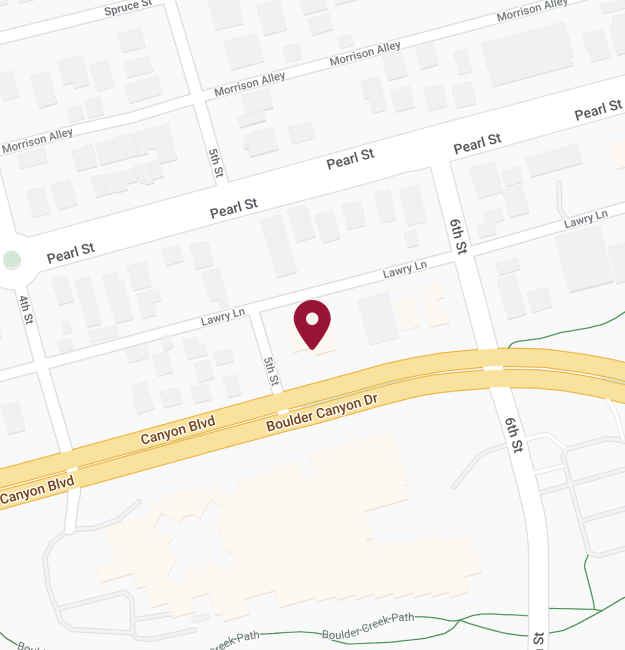Required Minimum Distributions: What You Need to Know
If you have an Individual Retirement Account (IRA), you will be subject to required minimum distributions (RMDs) when you turn 73. By definition, an RMD is an amount of money that the IRS requires you to withdraw from your IRA once you reach the age of 73. The exact amount depends on every person and how much money is in their account, and there can be significant consequences if you fail to withdraw your required amount. On today’s blog, we review the basics of RMDs. Because an RMD can differ greatly depending on each person’s circumstances, if you have questions about how this blog post applies to you, contact a Boulder estate planning attorney that can help you assess your needs and goals in relation to your IRA.
How Does the IRS Calculate RMDs?
To make things simple, there are calculators you can use to figure out how much you need to withdraw from your IRA when you turn 73 years old. The calculator works by dividing your account’s year-end balance by your current year’s life expectancy factor. The IRS has what it calls a “Uniform Life Expectancy Table,” where it assigns you a life expectancy factor based on your current age. As you get older, your life expectancy goes down, so the denominator of your calculation will also go down. It follows that an older person with $100,000 in his IRA will have to withdraw more money than a younger person with $100,000 in his IRA.
There is, however, an exception to this method of calculation. The exception applies if you have a spouse that is over 10 years younger than you and that is named as the full beneficiary of your account for the whole year. In this limited scenario, the IRS uses a “Joint Life Expectancy Table” instead of a “Uniform Life Expectancy Table.” Your combined life expectancy with your spouse will be smaller, which of course means your RMD is then lower.
Of note, you can always withdraw more than the RMD requires you to withdraw. However, whatever money you do withdraw will be taxed as ordinary income, so few people decide to exercise the option to take more than necessary.
Which Accounts Require You to Take RMDs?
In general, the following types of IRAs are subject to RMDs: traditional, rollover, inherited, simplified employee pension, and savings incentive match for employees. Qualified retirement plans are also generally subject to RMDs. Roth IRAs, on the other hand, are almost always exempt from the requirement.
It is important to understand that account owners must calculate their RMD separately for each IRA account they own. After calculating this amount, though, they can withdraw the total RMD from one single account. The exception to this rule comes into play if you own a 401(k) or 457(b) plan, under which the IRS requires you to take the RMDs separately from each account.
When Does the IRA Require You to Take RMDs?
In short, you must start taking RMDs when you turn 73. This means that your deadline is December 31 in whichever year you have your 73rd birthday. You can also, however, delay the process and take your first RMD the next calendar year – as long as you take it by April 1 of that following year. Your deadline for a second RMD is December 31 of the year after you turn 73. For this second deadline, there is no option to delay.
What Happens if You Don’t Take an RMD?
The IRS imposes penalties for those that do not take their RMDs. If you miss the deadline for your RMD, you will face a 25% excise tax on your RMD withdrawals. If you correct the error quickly, however, it is possible to get this tax lowered to 10%. Either way, the penalty is harsh if you fail to abide by the IRS’s deadlines.
What Are the Options for Receiving an RMD?
You can take your RMD in the form of a lump sum or in the form of smaller payments. You can also schedule the payments to hit your bank account automatically over a period of time. If you do not want your RMD as cash, you can immediately put it in an investment account or a trust that you have set up. You might also choose to put the money in a high yield savings account or to give the money to a charitable cause. As always, with questions about this process, you should contact a wealth advisor or estate planning attorney that can help you sort through your options.
There is much more to RMDs than we have included in this blog post. RMDs are complicated, and the IRS’s rules on RMDs are frequently changing. At Braverman Law Group, we don’t recommend you try to go it alone. The tax penalties are too high, and when there is a lot at stake, you need an expert in your corner. Because RMDs change so significantly from person to person, from circumstance to circumstance, your best bet is making sure you have sound, experienced advice available to you about how to navigate this complex process.
Speak With a Boulder, Colorado Estate Planning Attorney Today
RMDs should factor into how you think about your estate plan. The IRS does not allow you to keep your IRA at its full value for the rest of your life, so how does this affect how much you will leave behind for your beneficiaries? What exactly will be left when you pass? To talk through the answers to these questions, contact the Braverman Law Group today. Our firm is committed to providing personalized counseling, clear explanations, and powerful execution. We have the experience and the strategy to get you the results you need, when you need them the most.
For a free, no-obligation consultation with one of our Boulder estate planning attorneys, give us a call today at (303) 800-1588. If you prefer, you can also fill out our online form to tell us about your legal issue and have a member of our team reach back out to you as soon as possible. We cover estate planning, trust administration, special needs planning, Medicaid planning, and more.
















